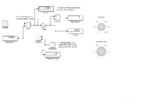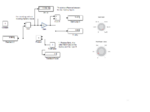Soribot
Newbie
Hello, i'm an electrical engineering student and i need some help. I have a homework about OpAmps in LTSpice and i don't know how to control the output voltage of the second OpAmp to be between 0V and 12V. The teacher didn't give us any clues and in classroom we only did this kind of problems for DC input voltage. I put the resistences using some formulas given by my teacher and the inputs of the sources is the ones in the photo.



